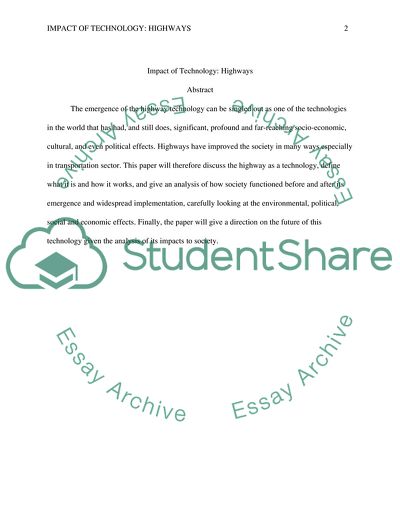Cite this document
(Impact of Technology: Highways Coursework Example | Topics and Well Written Essays - 2000 words, n.d.)
Impact of Technology: Highways Coursework Example | Topics and Well Written Essays - 2000 words. https://studentshare.org/engineering-and-construction/1844974-imapct-of-technology
Impact of Technology: Highways Coursework Example | Topics and Well Written Essays - 2000 words. https://studentshare.org/engineering-and-construction/1844974-imapct-of-technology
(Impact of Technology: Highways Coursework Example | Topics and Well Written Essays - 2000 Words)
Impact of Technology: Highways Coursework Example | Topics and Well Written Essays - 2000 Words. https://studentshare.org/engineering-and-construction/1844974-imapct-of-technology.
Impact of Technology: Highways Coursework Example | Topics and Well Written Essays - 2000 Words. https://studentshare.org/engineering-and-construction/1844974-imapct-of-technology.
“Impact of Technology: Highways Coursework Example | Topics and Well Written Essays - 2000 Words”. https://studentshare.org/engineering-and-construction/1844974-imapct-of-technology.


